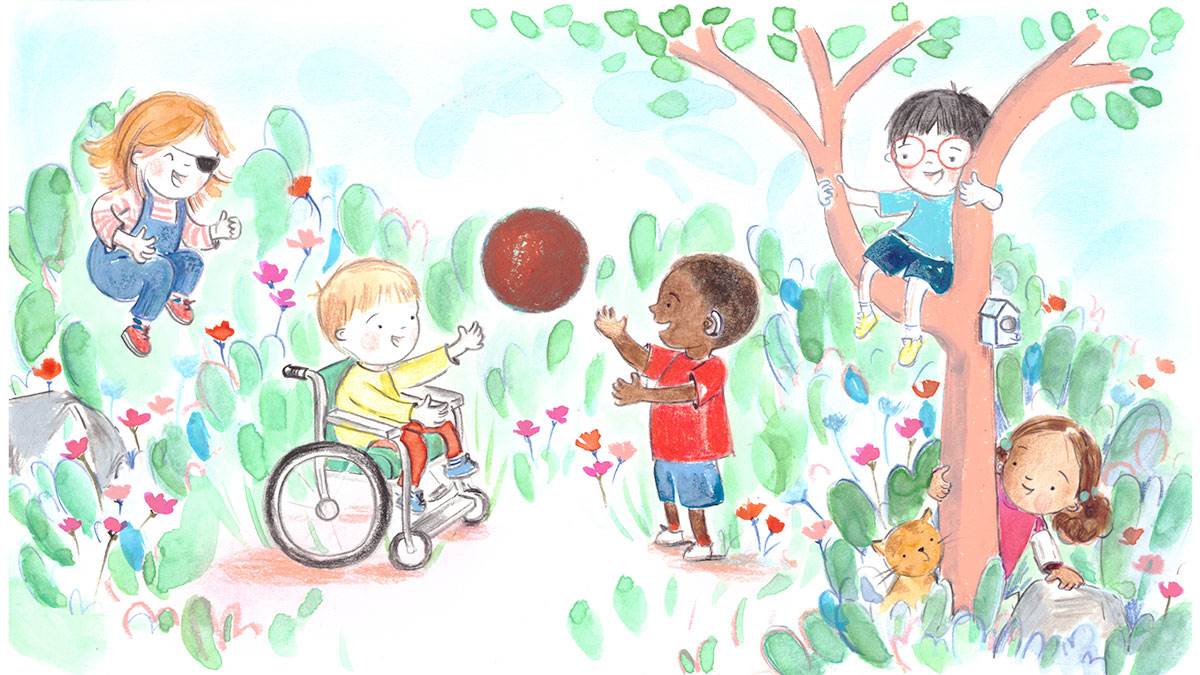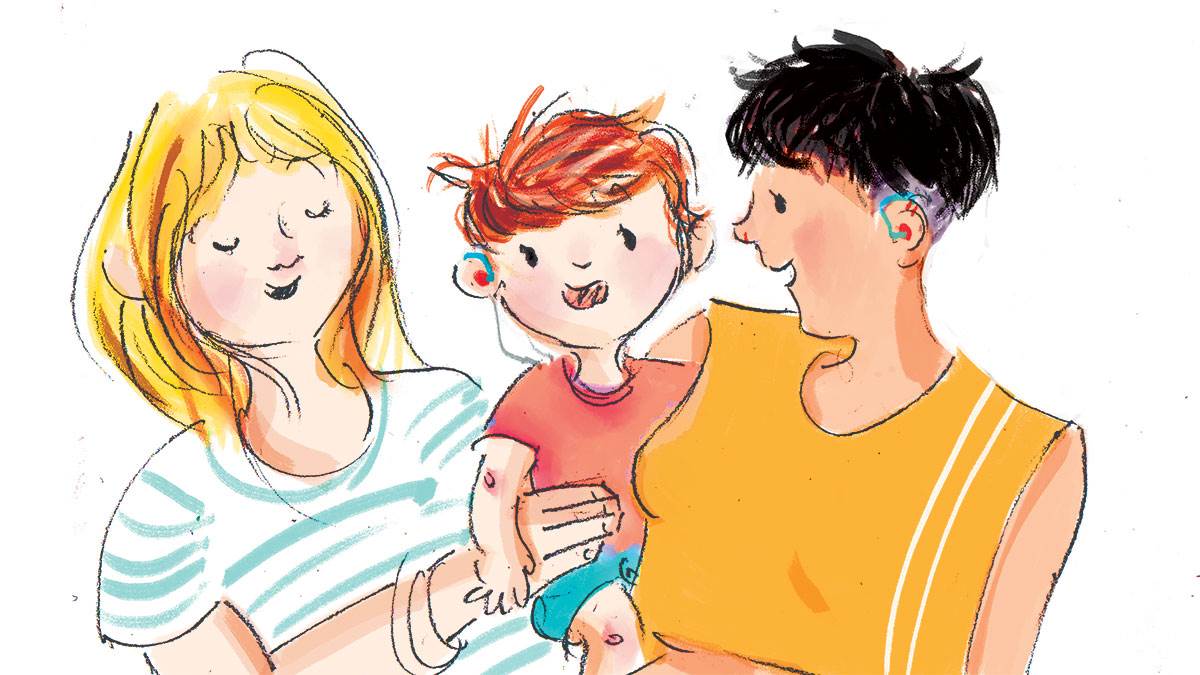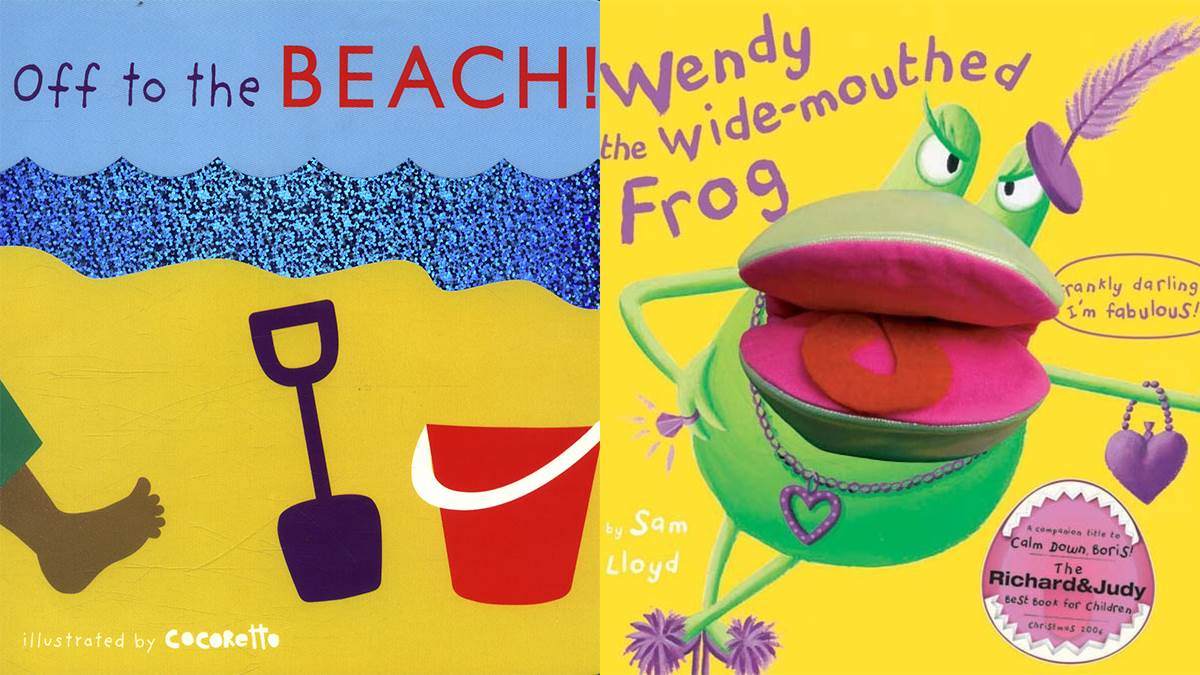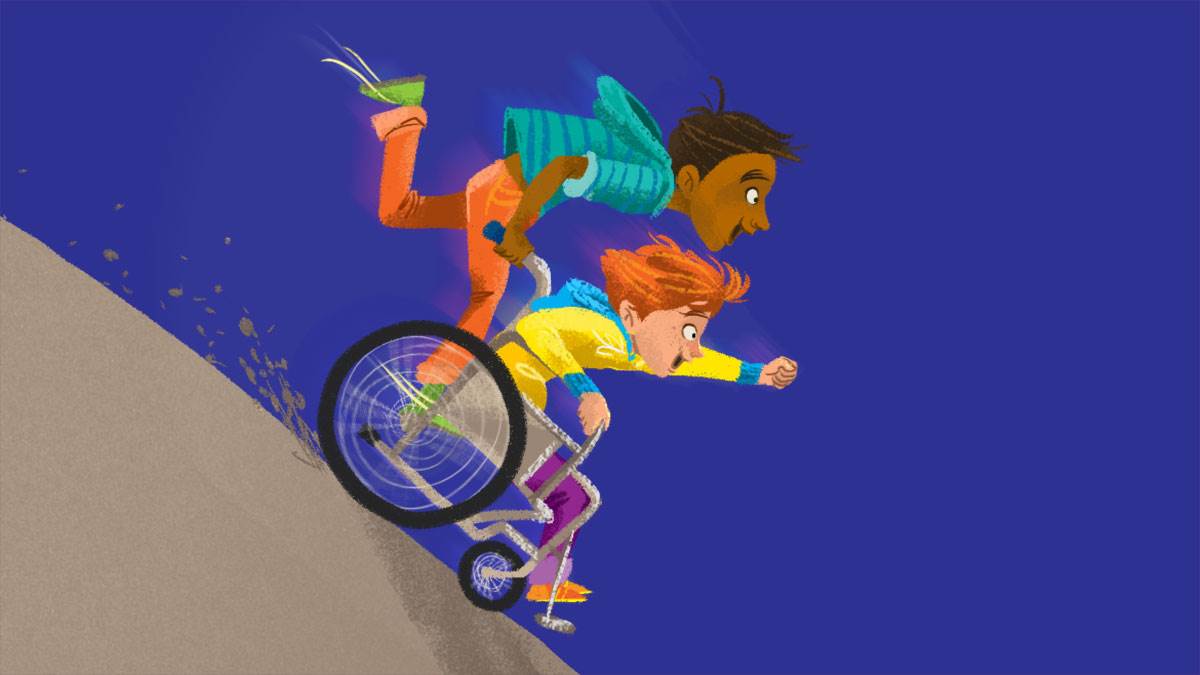Let's help every child love books, whatever their needs
Published on: 02 November 2016 Author: Alex Strick
Alex Strick has ten top tips for ensuring that everyone can access and enjoy stories this Children's Book Week.

Children's Book Week is about encouraging ALL children to love books.
For children with diverse and different needs, there are types of book or ways of telling stories that can really enhance that enjoyment.
Depending on the needs of your child, here are ten suggestions to help them share in this world of imagination and fun.
1. Audio books
Audio books have shown a recent surge in popularity and availability. You can scan a QR code to download an audio version, buy a book with an accompanying CD, or use an online library to give you instant access to a vast range of titles.
Audio can help engage children, often providing music, sound effects and different voices to bring the story to life, or just a simple read-along version to support independent reading.
Services such as Listening Books and the RNIB's Talking Books are well worth considering.
2. Clear print
Small things can make a big difference. For some children (and indeed parents and carers), the size and presentation of text can dramatically affect accessibility.
Avoid books with tiny writing, tricky typefaces and fussy backgrounds. For optimum readability, instead look out for large, simple fonts and a good contrast between the text and background.

3. Tactile books
Some forward-thinking publishers now recognise that tactile elements can have appeal and value to many children, not just babies and toddlers. Look out for books like the Off to the... series by Child's Play with meaningful shapes, recognisable textures and sensory elements that really support the story.
4. Props and puppets
Storytelling can be brought to life by using relevant and diverse fabrics, toys, textures, sound effects, smells and tastes. You may want to look into ready-to-use packs of storytelling resources (like Storysack), as well as coming up with your own props.
Puppets offer a wonderful way of engaging children with characters and can often help children feel more relaxed, stimulate the brain, and support communication and social interaction. You'll find some books even come with built-in puppets.

5. Multisensory storytelling
For children with profound or multiple learning disability, a story may be brought to life by focusing on just a few keywords from a book and carefully chosen sensory props, taking care not to overload. Using your voice expressively and allowing plenty of time and repetition can help.
Specialists in this field can be invaluable - like those who deliver sensory stories. Bag Books also create specially designed, multisensory books from scratch.
6. Dyslexia-friendly books
Children with reading difficulties such as dyslexia may well benefit from books created with certain adaptations, such as shorter sentences, a 'round' font (like Arial), good spacing and wide margins. Cream paper can also make a difference, as can making sure that the text on the other side of the page doesn't show through.
Barrington Stoke are experts in the field, with a vast and ever-growing range of books to suit every interest and reading ability.
7. Minimal text books
These days, there are some great books out there that succeed in offering up exciting stories but without excessive text. Look out for age-appropriate graphic books, offering lots of visual clues and opportunities for discussion.

8. E-books and apps
Computers, tablets and other devices hold a substantial appeal to most children. Research indicates that children often prefer to read on a screen to the printed page, so including such methods of reading somewhere in your child's varied reading 'diet' can have great rewards.
E-books involving interactive elements can help to really engage and involve young readers.
9. Large print, braille and sign language
While such books are extremely rare in the mainstream landscape, the occasional book does feature braille or BSL signs. Thankfully, there are also some superb independent sources of large or giant print books and braille books, such as ClearVision, Access2Books and the RNIB.
Likewise, signed books can be found more readily, and Signed Stories offers an expanding range of well-known books presented in British Sign Language, animation, text and sound.
10. Inclusive books
Finally, don't forget that all children need to be able to find themselves in books, so look out for books featuring characters with additional needs.
Letterbox Library offers a large choice of inclusive books and those relevant to all facets of diversity.
Over on this website, our booklists and Bookfinder are also great places to start.
Topics: Children's Book Week, Bookmark, Time to Read, Librarian, Parent/carer, Publisher/bookseller, Teacher (primary), Teacher (secondary), Writer, Disability, Dyslexia, Visual impairment, Deafness, Mobility/wheelchair, Down’s Syndrome, Learning disability, Autistic spectrum conditions, Aspergers Syndrome, Behavioural/emotional/social, ADHD, OCD, Additional needs, Features





